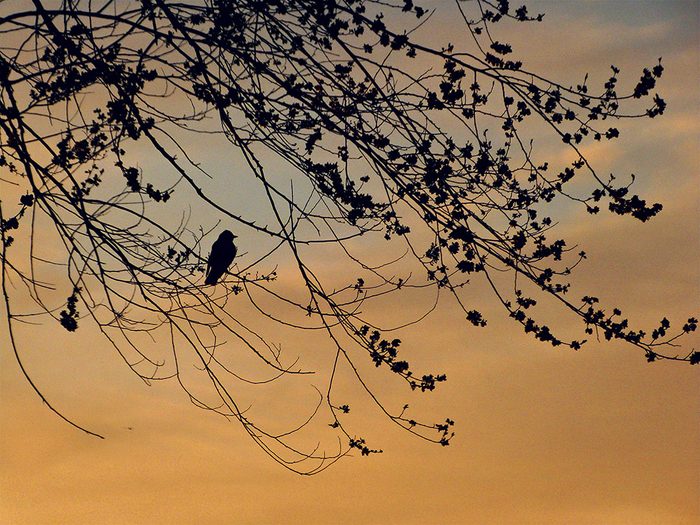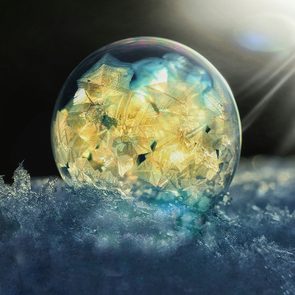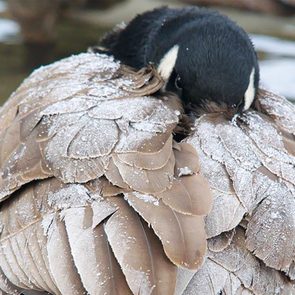How to Take Stunning Silhouette Photos in the Wild

Working with available shade will help you to create some stunning silhouettes when photographing nature, especially when optimal light conditions are lacking.
Mastering Silhouette Photography
From spring through fall, when nature is in her prime, I dedicate at least one day a week to taking photos of the wild birds that congregate at Crescent Lake here in Portage la Prairie. This labour of love allows me to enjoy our milder, though very brief, Canadian seasons. It also adds to my ever-growing toolbox of photography skills. I have found playing with light and shadow to be a very rewarding study. Our wild subjects are often guaranteed to walk, swim or fly directly into locations where the available light is less than ideal, and all the visible details we wish to capture become lost. This is where you can get creative and start working with available shade.
A silhouette is defined as a dark shape and/or an outline of a subject visible against a lighter background, especially in dim light.
I photograph birds when the sunlight is behind them—directly or not—muting out most details on the front of the animals, creating a silhouette. The lighter backgrounds such as the colourful sky or surrounding water, are purposely either completely blank, or have a minimum of distractions, so as to not take focus off the darkened subjects. I naturally include the birds’ environments to add interest, be it the kingbird’s perch in the branches, or the ducks’ own reflections in the lake.
Many photographers agree that the best times to take nature photos are in early morning, after sunrise, or in the late afternoon towards sunset. Not only is wildlife most active then, but sunrises will often give off an ambience of cool blue to pink hues, whereas sunsets can reward our shots with a magical golden glow.
Working with available shade will help you to create some stunning silhouettes when photographing nature, especially when optimal light conditions are lacking. Keep adding to your own toolboxes of photography skills, folks!
Next, check out these 5 ways to take better black-and-white photos.






